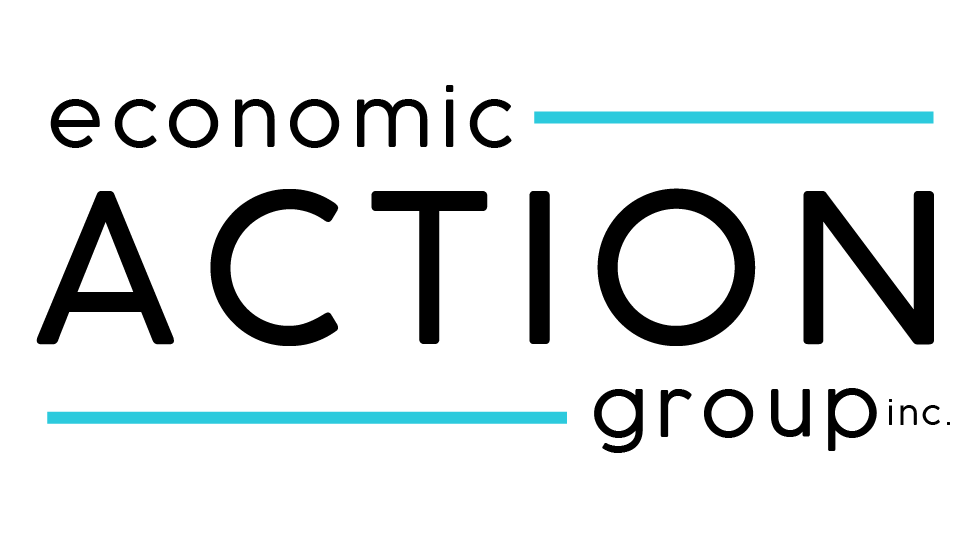- Energy Efficiency and Systems Management The price of utilities is one of the basic points considered by site location experts when considering relocating a company. Pricing of utilities is volatile to a number of factors including the energy’s source and its efficiency. A 2011 study prepared by Global Green USA inventoried Youngstown’s carbon emissions and offered recommendations for opportunities for sustainability. The study found that a significant portion of Youngstown’s energy use emissions come from generating electricity and that building and facilities including the Wastewater Treatment Plant consume a considerable amount of energy. Several of the recommendations have been incorporated by the city, including updates to the Wastewater Treatment Plant and the installation of new water meters. Opportunities cited in the plan that affect Downtown include: Conducting energy audits on municipal buildings to determine most appropriate and cost effective energy efficiency measures for each, Making bike lanes and alternative-fuel public transportation more available, Endorsing parking “cash-out” programs at local companies, which offer monetary and life style incentives to employees who opt not to drive to work, but rather take bikes, carpool, or public transportation
Switching streetlights and traffic signs to LED bulbs, Taking advantage of Combined Heat and Power to increase heating and cooling efficiency, Promoting energy efficiency improves all aspects of economic development that may hinder growth, Improving coordination and planning of energy efficiency will enhance the financial bottom line that can help distinguish Downtown and the City from other communities.
Next Steps:
- Project utility pricing over the near term
- Convene major property owners to form a memorandum of understanding on energy efficiency Prioritize project list for funding Team: YSU Regional Economic Development Initiative, Public Works Department, Western Reserve Port Authority, Youngstown/Warren Regional Chamber, Youngstown Thermal Green Infrastructure Alongside the need for green space, a popular effort across the country is the inclusion of green infrastructure. Green infrastructure is the use of vegetation, soils, and other natural processes to manage water because stormwater runoff is a major cause of water pollution in urban areas. Currently when it rains Downtown, the water sits on roofs, parking lots and other impervious surface. It also enters a drainage system, entering the Mahoning River untreated during heavier events because the city’s sewers are combined, meaning that both stormwater and sewage are in a single pipe system with limited capacity that discharges together during wet weather, carrying along with it trash, bacteria, and other pollutants. Green infrastructure disrupts the urban system by mimicking nature, soaking up and storing water with rain barrels, cisterns, and permeable areas such as bioswales. By incorporating green infrastructure, the Downtown could have more attractive green space that serves multiple functions. Green space can be incorporated along the riverfront or as an infill strategy. Environmental sustainability initiatives are crucial for any community intending to be viable in today’s economy. Placemaking is strongly connected to environmental concerns because of the critical role waterways, parks, and green spaces play. Next Steps:
- Review Watershed Action Plan
- Engage Environmental Studies and Engineering students at YSU to review existing plans and comparable cities\
- Bring industry experts on green infrastructure into the community for input Team: Building and Grounds Department, Center for Urban and Regional Studies, Eastgate Regional Council of Goverments, Friends of the Mahoning River, Green Youngstown, Law Department, Public Works Department, Water and Wastewater Department, Western Reserve Port Authority Telecommunications Currently, Youngstown lacks public Internet access for visitors and users of Downtown. Like many other smaller cities throughout the nation, businesses and property owners provide Internet to their customers, employees and tenants while the greater public has limited or no access. People and businesses that rely on broadband have no choice but to invest in locations already equipped with the information and communication technology required to run their business. Educational and health care systems in non-broadband locations lag behind those with broadband. With public and private investments in broadband on the rise, communities unwilling to adapt will face a competitive disadvantage to economic growth. Therefore, a strategic plan to implement a high-performance broadband system that will provide bandwidth to the business and residential areas that encapsulate the campus and Downtown is essential to support, attract, retain and provide the modern infrastructure necessary to help grow business. Downtown Youngstown, home to the #1 ranked university – affiliated Business Incubator (YBI), is cause enough for the City and University to devise an
initiative that aims to provide the necessary infrastructure to spur investment and provide
digital equity to users of Downtown, available to all of Youngstown’s residents.
Case Study
In the Columbus Region, the City of Dublin owns and operates the DubLINK broadband
system, which consists of 125 miles of conduit and optical fiber and 24 square miles of WIFI
covering both business and residential areas. As a result, the City of Dublin has been named a
Smart21 community for four consecutive years, achieving Top Seven status in 2010 and 2011,
by the Intelligent Community Forum, which is dedicated to economic growth in the broadband
economy
Next Steps:
- Draft scope of work for strategic plan Engage regularly with OneCommunity
- Incorporate telecommunications into a capital improvement plan
- Involve the public, non-profit, and private sector for fundraising
- Coordinate street improvements with utility and telecommunication upgrades Team: City IT, DRS Technologies, Western Reserve Port Authority, Youngstown/Warren
